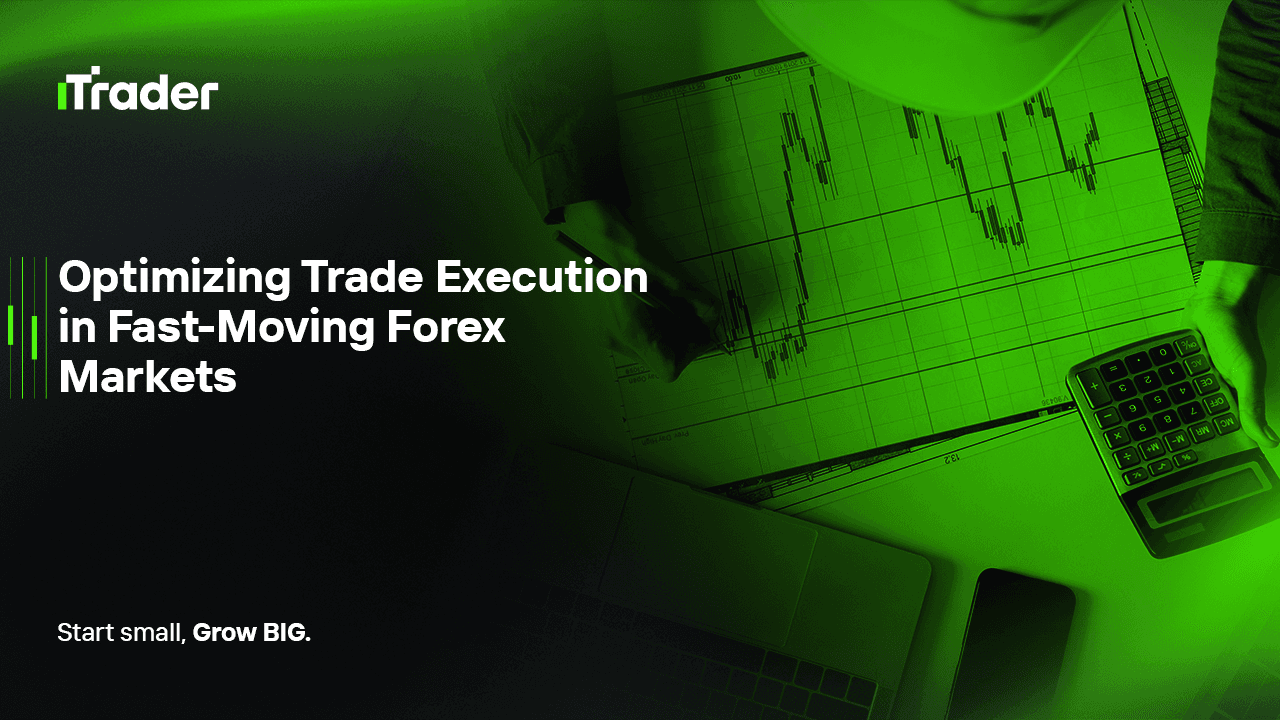2025-07-28
In algorithm-dominated financial world, speed is a strategic edge. But speed alone is not enough. Especially in fast-moving market environments, prop traders face intensified risks such as slippage, delayed execution, emotional overtrading, and microstructural traps. Without optimization, even well-researched strategies fail under sudden volatility. This article provides actionable frameworks for prop traders to optimize their execution and risk performance during fast-paced market conditions.

AI Summary
Fast-moving markets expose traders to execution delays, slippage, and rapid volatility changes that can erode performance. For prop traders, optimizing trading systems for latency, using pre-execution logic, dynamic risk adjustment, and modular trade management is essential. This article outlines how to remain efficient, composed, and strategically adaptive in high-velocity market conditions, especially during economic news, low-liquidity events, or regime shifts.
A fast-moving market is defined by:
These environments often occur around:
For a prop trader, adapting to these changes means creating a system that detects, reacts, and executes with precision.
Latency is the time between trade decision and execution. In a slow market, minor latency is tolerable. But in high-speed markets:
Solutions:
Execution technology is not just for HFT firms. Even discretionary prop traders benefit from latency-optimized systems when markets turn chaotic.
Most traders either avoid or gamble during high-impact news. Prop traders should take a protocolized approach:
This approach preserves capital while still allowing exposure to potential high-R profits.
During volatile spikes, fixed position sizing becomes inefficient. A 1% risk trade during a quiet Asian session behaves differently than the same size during a Fed rate release.
Key techniques:
Your system should simulate not just PnL but behavioral stress under fast movement – and respond accordingly.
Markets don’t just move – they accelerate. A strategy should manage trade states modularly:
Modularity creates decision buffers and reduces panic exits. For example, if slippage exceeds 3 pips, the monitoring module can exit independently regardless of take-profit level.
This architecture is crucial when news spikes reverse quickly or liquidity dries up.
Fast-moving markets don’t just test systems – they test humans. Typical issues:
Countermeasures:
Top prop traders treat psychological discipline as a risk metric in high-velocity trades.
Knowing when not to trade is often more valuable than complex indicators. Prop traders must learn to filter sessions and setups:
Optimization includes eliminating low expectancy trades, especially in unstable price discovery phases.
Many strategies fail not because they’re bad – but because their execution assumptions don’t hold under fast market regimes.
Checklist for realistic backtesting:
Bridging this gap helps prop traders build “deployment-ready” strategies that survive the chaos, not just simulations.
Speed is seductive—but raw speed without precision causes loss. The real edge for prop traders lies in:
Treat high-speed markets as special environments requiring specialized behavior. By optimizing your execution architecture, risk logic, and human factors, you ensure your edge is preserved even when the market is running at full throttle.
© 2025 iTrader Global Limited | 公司注册号 15962
iTrader Global Limited 位于科摩罗联盟安儒昂自治岛穆察姆杜 Hamchako,并受科摩罗证券委员会(Securities Commission of the Comoros)许可及监管。我们的牌照号为 L15962/ITGL。
iTrader Global Limited 以“iTrader”作为交易名称,获授权从事外汇交易业务。公司的标志、商标及网站均为 iTrader Global Limited 的专属财产。
风险提示: 差价合约(CFD)交易因杠杆作用存在高风险,可能导致资金快速亏损,并非适合所有投资者。
交易资金、差价合约及其他高杠杆产品需要具备专业知识。
研究显示,84.01% 使用杠杆的交易者会遭受亏损。请务必充分了解相关风险,并确认在交易前已做好承担资金损失的准备。
iTrader 特此声明,不会对任何个人或法人在杠杆交易中产生的风险、亏损或其他损失承担全部责任。
本网站提供的新闻及信息仅用于教育目的。用户应独立且审慎地作出金融决策。
限制条款: iTrader 不会向法律、法规或政策禁止此类活动的国家或地区居民提供本网站或相关服务。若您居住在限制使用本网站或服务的司法管辖区,您有责任确保遵守当地法律。iTrader 不保证其网站内容在所有司法管辖区均适用或合法。
iTrader Global Limited 不向以下国家/地区的公民提供服务,包括但不限于:美国、巴西、加拿大、以色列及伊朗。